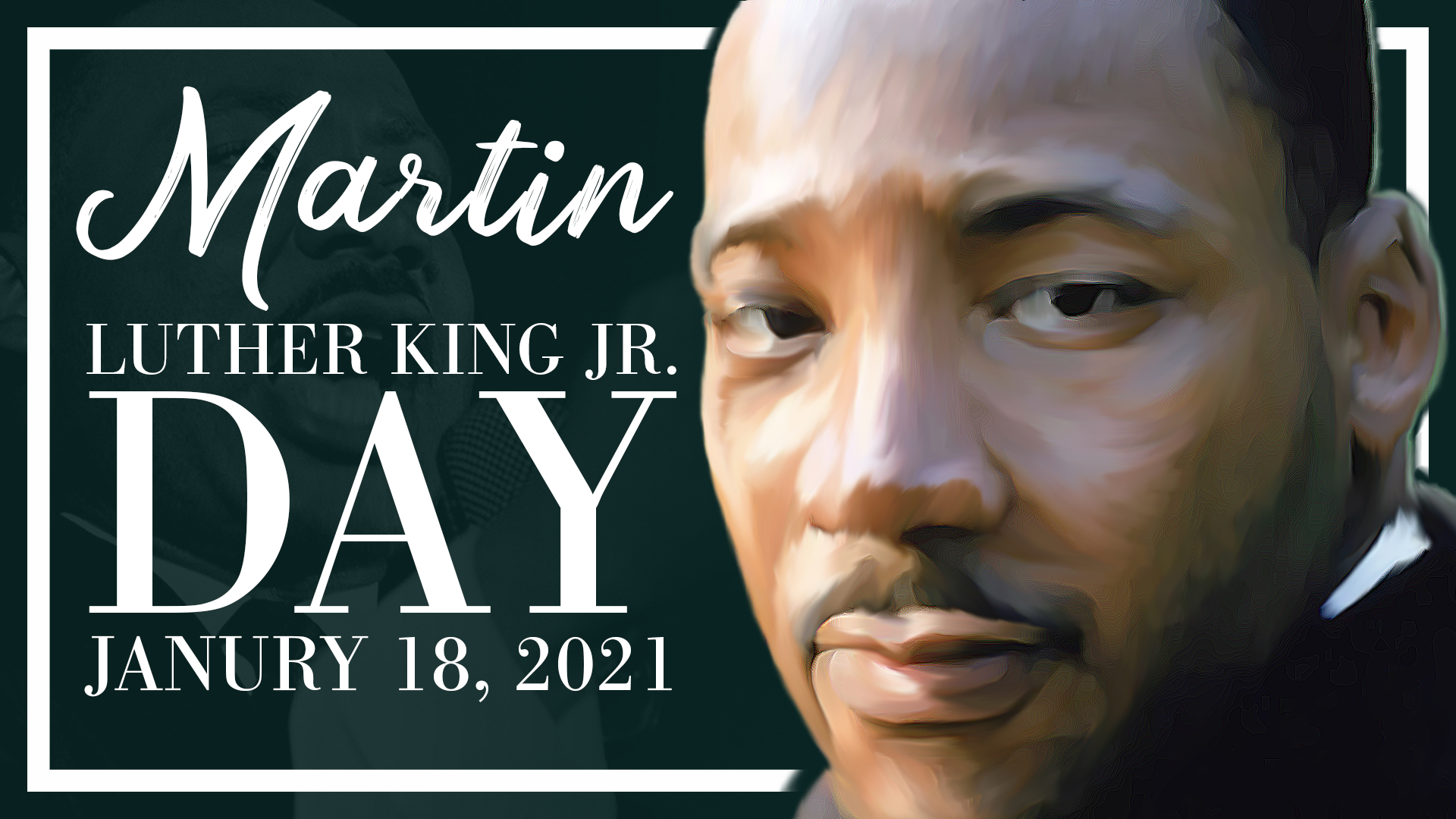
Martin Luther King, Jr. was a social activist and Baptist minister who played a key role in the American civil rights movement from the mid-1950s until his assassination in 1968. King sought equality and human rights for African Americans, the economically disadvantaged, and all victims of injustice through peaceful protest. He was the driving force behind watershed events such as the Montgomery Bus Boycott and the 1963 March on Washington, which helped bring about such landmark legislation as the Civil Rights Act and the Voting Rights Act. King was awarded the Nobel Peace Prize in 1964 and is remembered each year on Martin Luther King, Jr. Day, a U.S. federal holiday since 1986.
A BRIEF TIMELINE
- Martin Luther King, Jr. was born on January 15, 1929, in Atlanta, Georgia, the second child of Martin Luther King Sr., a pastor, and Alberta Williams King, a former schoolteacher. He had an older sister, Christine, and a younger brother Alfred.
- A gifted student, King attended segregated public schools and at the age of 15 was admitted to Morehouse College, the alma mater of both his father and maternal grandfather, where he studied medicine and law. After graduating in 1948, King entered Crozer Theological Seminary in Pennsylvania, where he earned a Bachelor of Divinity degree, won a prestigious fellowship, and was elected president of his predominantly white senior class.
- King then enrolled in a graduate program at Boston University, completing his coursework in 1953 and earning a doctorate in systematic theology two years later.
- Dr. King married Coretta Scott in 1953 and settled in Montgomery, Alabama, where Dr. King became pastor of Dexter Avenue Baptist Church.
- The King family had been living in Montgomery for less than a year when the highly segregated city became the epicenter of the burgeoning struggle for civil rights in America, galvanized by the landmark Brown v. Board of Education decision of 1954. On December 1, 1955, Rosa Parks, secretary of the local chapter of the National Association for the Advancement of Colored People (NAACP), refused to give up her seat to a white passenger on a Montgomery bus and was arrested. Activists coordinated a bus boycott that would continue for 381 days. The Montgomery Bus Boycott placed a severe economic strain on the public transit system and downtown business owners. They chose Martin Luther King, Jr. as the protest’s leader and official spokesman.
- On September 20, 1958, Dr. King survived an assassination attempt while at a Harlem department store for a book signing.
- In 1960, Dr. King, with his wife and 4 children, would move to his native city of Atlanta where he joined his father as co-pastor of the Ebenezer Baptist Church.
- Arrested in his involvement in an April 12, 1963 protest in Birmingham, Alabama, Dr. King penned the civil rights manifesto that would later become the “Letter from Birmingham Jail“, a defense of civil disobedience addressed to a group of white clergymen who criticized Dr. King’s tactics.
- On August 28, 1963, Dr. King, along with a number of groups, Marched on Washington with some 200,000 to 300,000 participants, making the event one of the most famous and historic moments in the American civil rights movement. It would later play a huge factor in the Civil Rights Act of 1964.
- During the event, Dr. King would give his ever-famous“I Have a Dream” speech while standing on the steps of the Lincoln Memorial – a monument to the president who almost exactly 100 years earlier brought down slavery in the United States.
- The final section of Martin Luther King, Jr.’s eloquent and iconic speech is believed to have been largely improvised.
- Dr. King was named Time Magazine’s “Man of the Year” in 1964, and would also become the youngest person ever to be awarded the Nobel Peace Prize.
- In August of 1965, Congress passed the Voting Rights Act, which guaranteed the right to vote to all African Americans under the 15th Amendment of the U.S. Constitution.
- On April 4, 1968, Dr. Martin Luther King Jr. was fatally shot by James Earl Ray while he was standing on the balcony of a Memphis, TN hotel. Dr. King had traveled to Memphis to support a sanitation workers’ strike.
- It wouldn’t be until 1983 that Martin Luther King Jr. Day would be recognized as a federal holiday. After years of campaigning by activists, members of Congress, and Coretta Scott King (Dr. King’s wife), U.S. President Ronald Regan signed a bill creating the third Monday of January as “Martin Luther King Jr. Day” in the United States. MLK Jr. Day was first celebrated on January 20, 1986.
DID YOU KNOW…
- While Dr. King’s “I Have a Dream” speech is his most famous piece of writing, Dr. King authored multiple books, some of which include “Stride Toward Freedom: The Montgomery Story”, “Why We Can’t Wait”, “Strength to Love”, and “Trumpet of Conscience”, which was published after his death.
- The final section of Martin Luther King, Jr.’s eloquent and iconic “I Have a Dream” speech is believed to have been largely improvised.
QUOTES
- “Injustice anywhere is a threat to justice everywhere.”
- “Darkness cannot drive out darkness; only light can do that. Hate cannot drive out hate; only love can do that.”
- “Freedom is never voluntarily given by the oppressor; it must be demanded by the oppressed.”
- “The time is always right to do what is right.”
- “Free at last, Free at last, Thank God almighty we are free at last.”
- “I have decided to stick with love. Hate is too great a burden to bear.”
